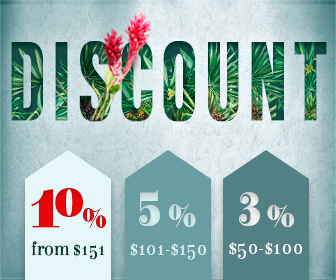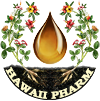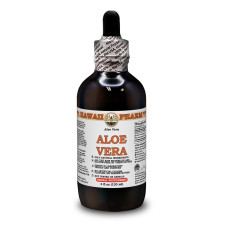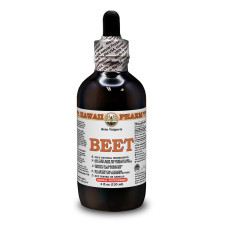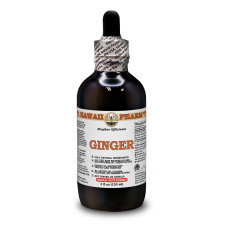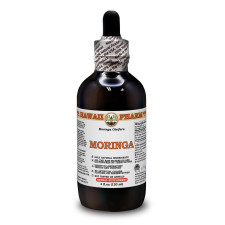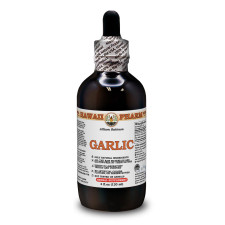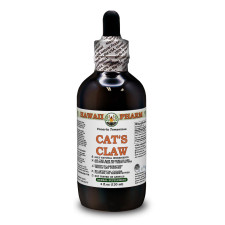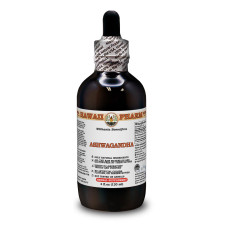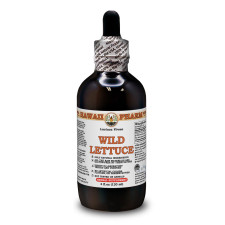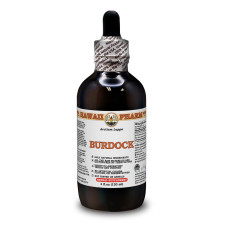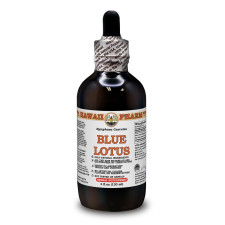- Home
- Alcohol Herbal Extracts
- Alcohol-FREE Herbal Extracts
- Veterinary Herbal Extracts
- Partnership
Partnership
We are open for cooperation with all interested persons or organizations. We have plenty of partners from all around the world and are looking for a long-term cooperation with new ones. At the present time we offer the following cooperation models:

WHOLESALER
We offer up to 30% discounts for wholesalers. The exact discount amount is dependent on your order amount, quantity and size of items. Minimum order amount is $300.

PRACTITIONER
Only for licensed practitioners! Create an account as practitioner and get special exclusive promotions. This kind of account is required manual approve.

AFFILIATE PROGRAM
Do you recommend us to your friends, family, colleagues and/or clients? If so: Thanks! We really appreciate it! Join our affiliate program. It’s by far the best way to monetize your Twitter or Facebook page, blog, or website.
- Blog
- Contact Us
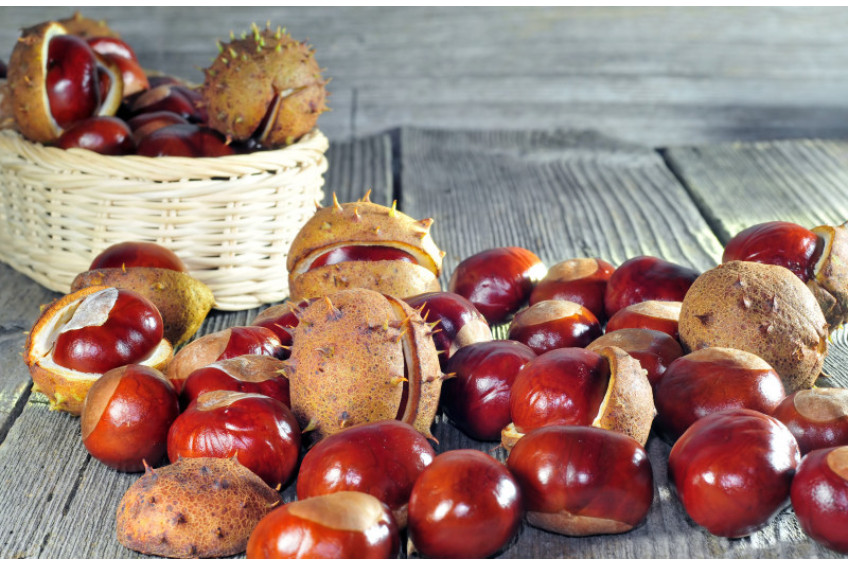
ALL YOU NEED TO KNOW ABOUT HORSE CHESTNUT
Horse chestnut, or Aesculus hippocastanum, is a flowering plant that belongs to the Sapindaceae family and is native to South East Europe. It’s usually a large tree that can reach up to 39 m in height. The palmately compound leaves are oppositely arranged and have about 5–7 leaflets. The length of one leaflet can vary from 13 to 30 cm; the petiole is about 6–20 cm long. The leaf scars that remain on branchlets after the leaves have fallen possess a peculiar horseshoe shape. The white flowers grow in upright whisks (about 10–30 cm tall). There are usually 20–50 flowers on each whisk. One whisk can give birth to only 1–5 fruits. The green, spiky shell of the fruit contains one (sometimes two or three) seeds that are similar to nuts. They are often called conkers. The shiny brown conker has a white spot at the base and is about 2–4 cm across.
The bark of the plant contains fatty oils, tannins, escin, triterpene saponin and esculin. The leaves of the tree are rich in flavonoids, rutin, spiraeoside, astragalin, violaxanthin, carotenoids. The horse chestnut flowers also contain rutin. The seeds are rich in starch, protein substances, tannins, saponins, vitamins B, C, K.
Other chemical substances:
- Glucosides
- Organic acids
- Fatty oils
- Vitamins A, B, C, K
- Coumarins
- Tanning components
- Pectins
- Flavonoids
- Starch
In addition to the above-mentioned substances, chestnut kernels contain chromium, iodine, calcium, iron, bromine.
Get exclusive deals you will not find anywhere else straight to your inbox!
Subscribe / UnsubscribeCookies policy
 We use cookies and similar technologies that are necessary to operate the website.
You can consent to our use of cookies by clicking "Accept..."
We use cookies and similar technologies that are necessary to operate the website.
You can consent to our use of cookies by clicking "Accept..."
Get exclusive deals you will not find anywhere else straight to your inbox!
Subscribe / UnsubscribeWe meticulously produce our extracts according to precise standards where each herb is extracted according to the distinct characteristic of each plant! Hawaii Pharm LLC offers the biggest choice of liquid herbal extracts in the World!

Hawaii Pharm LLC - Nature Heals. Highest Quality Herbal Products Since 2008.

